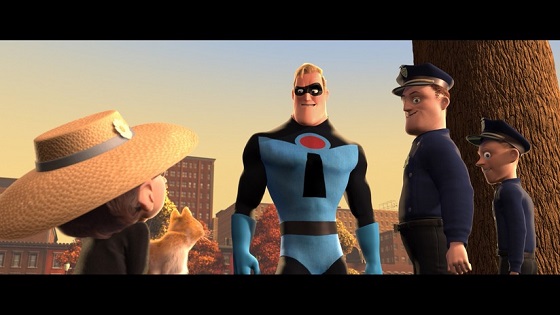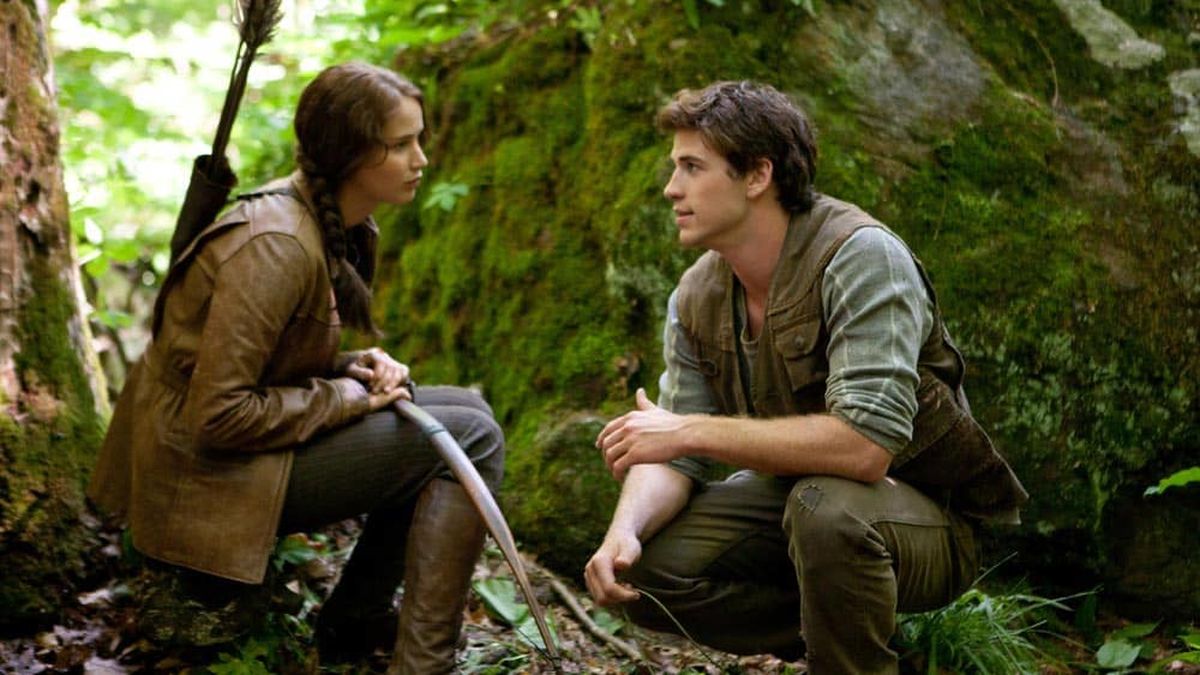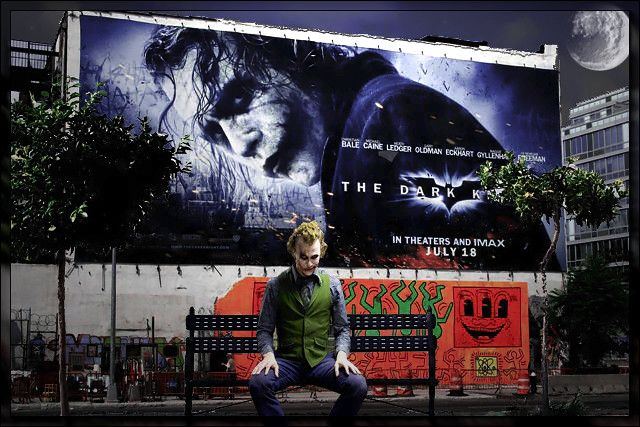
Cinema, at its core, is a realm of boundless imagination, capable of transporting us to awe-inspiring tales and sprawling valleys of wonder that exist beyond our wildest dreams. We flock to theaters, eager to witness magic unfold, especially when stories emerge from beloved pre-existing properties, already loaded with loyal fanbases and strict expectations. From the epic fantasy of “The Lord of the Rings” to the enchanting world of “Harry Potter,” successful adaptations prove that precious source material can indeed result in utter cinematic magic, forever changing the genre landscape.
Yet, for every triumph, there are just as many, if not more, instances of mighty cinematic disappointments. These are the films that promised the world but delivered a crushing blow, leaving audiences and critics alike questioning what went wrong. Whether it’s awful literary adaptations, let-downs brought on by the sheer enormity of a director’s reputation, or simply movies that couldn’t live up to their own hype, the sting of regret lingers long after the credits roll. High expectations, heavily marketed campaigns, astounding trailers, and several years of waiting have, unfortunately, seldom resulted in a great movie.
Today, we’re diving deep into a “Rollercoaster of Regret,” exploring 15 movies that, despite their potential or pedigree, only grow more disappointing with time. These aren’t just bad movies; these are films that actively let down their audiences, dashed hopes, and in some cases, even tarnished the legacies of beloved franchises. Get ready to revisit some of Hollywood’s most notable misfires, as we break down why these cinematic blunders continue to haunt our memories.

1. **The Dark Knight Rises (2012)**When Christopher Nolan’s “Dark Knight” trilogy is discussed as having changed the face of superhero cinema, it’s typically the second movie, 2008’s “The Dark Knight,” that takes center stage. After establishing a grand, overarching story in “Batman Begins” (2005), the remaining installments were meant to escalate the stakes while maintaining the grounded realism that had defined the series. However, the final chapter, “The Dark Knight Rises,” stumbled, leaving many fans feeling a profound sense of disappointment.
The reasons behind “The Dark Knight Rises” ending up as a letdown are not hard to pinpoint. Despite its predecessors being hailed as gems in terms of screenplay, this movie suffered from several meek plot points that, in hindsight, could have been easily avoided. From Detective John Blake’s rather convenient deduction of Bruce Wayne’s secret identity as Batman, based purely on facial recognition, to the anticlimactic demise of the formidable villain Bane, these narrative choices significantly weakened the film’s overall impact and credibility.
Furthermore, “The Dark Knight Rises” felt far goofier than the other films in the series, a significant departure from the gritty realism fans had come to expect and cherish. It’s widely considered not only the weakest installment of Nolan’s acclaimed trilogy but also the weakest movie during what many consider director Christopher Nolan’s prime. This critical reception is further underscored by the fact that it is the only installment of the trilogy that did not receive even a single Academy Award nomination, a stark indicator of how it failed to meet the towering expectations set by its own franchise.
Read more about: The $10 Million Mistake? Unpacking the Hidden Costs and Unforeseen Opportunities in Superhero Cinema’s Biggest Blockbusters

2. **Ghostbusters 2 (1989)**Ivan Reitman’s original “Ghostbusters” movie from 1984 undeniably stands as one of the most beloved films of the 1980s. Its quirky comedy, telling the story of middle-aged men starting a ghost-fighting business, captured the zeitgeist and raked in significant box office revenue, making a sequel an almost inevitable prospect. Despite the entire original cast returning, the follow-up, “Ghostbusters II,” simply couldn’t muster the same level of quality, leaving a distinct feeling of ‘been there, done that’ for many viewers.
The truth behind “Ghostbusters 2″‘s creation reveals a telling reluctance from its key players. Following the massive success of the first film and its animated series, Columbia Pictures was eager for another hit, demanding writers and stars Dan Aykroyd and Harold Ramis to craft a script for a sequel. Both, along with director Ivan Reitman, were notably unenthusiastic about the idea, primarily because the original “Ghostbusters” was intended to be a conclusive story. Their hearts weren’t fully in it, a sentiment that sadly translated to the screen.
Despite being released at the peak of the franchise’s popularity, “Ghostbusters 2” hardly managed to receive any favorable reviews. As the film’s star Bill Murray candidly stated in 2008, “When we did the sequel it was rather unsatisfying for me, because the first one to me was the goods…the second one was so disappointing for me at heart.” This sentiment perfectly encapsulates the widespread feeling among fans and critics alike: a sequel that was less-than-stellar and failed to recapture the magic, humor, and originality of its groundbreaking predecessor.
Read more about: Remember These Faces? ’70s Stars Who Ruled the Screen, Then Mysteriously Vanished (Or Just Chose To!)

3. **Alien 3 (1992)**Ridley Scott’s original “Alien” (1979) remains a bastion of cosmic horror, transcending genre and cinematic form, revered almost half a century after its release. Its follow-up, James Cameron’s “Aliens” (1986), astonishingly bucked the infamous sequel curse, successfully shifting the sci-fi horror into an action movie context while maintaining critical acclaim. With such an incredibly high bar set by its predecessors, “Alien 3” became one of the most anticipated movies of 1992, with fans expecting another groundbreaking installment.
However, the reality behind “Alien 3” was a production plagued by immense trouble and creative turmoil, arguably before the cameras even truly started rolling. The studio notoriously refused to grant then-rookie director David Fincher any significant creative freedom, a rookie mistake given his burgeoning talent. The budget continuously bloated, spiraling out of control, while the script was undergoing constant, chaotic rewrites, creating an unstable foundation for any filmmaker to work with.
This hostile, behind-the-scenes situation inevitably resulted in an incredibly awful “Alien 3,” a film that failed to live up to the franchise’s legacy. Even Fincher himself was acutely aware of the film’s shortcomings. He famously reflected, “No one hated it more than me; to this day, no one hates it more than me.” This powerful statement from the director himself underscores the profound disappointment and creative compromise that defined the third installment, leaving fans with a sour taste and a franchise struggling to find its footing.
Read more about: Unraveling the Magic: The Most Unbelievable Plot Holes in Classic Disney Films That Still Bother Us
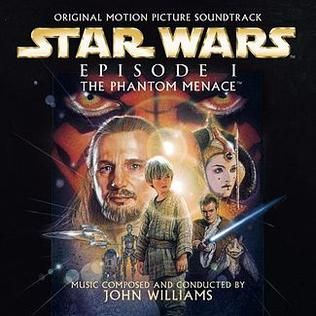
4. **Star Wars: Episode I – The Phantom Menace (2001)**For sixteen long years, the galaxy far, far away had remained dormant on the silver screen, leaving “Star Wars” fans yearning for new adventures. Despite the cinematic hiatus, the franchise maintained its relevance as a formidable pop-cultural phenomenon, ensuring its loyal fanbase never allowed it to fade into a distant memory. The anticipation for a new installment, a prequel to the beloved original trilogy, reached fever pitch, promising a return to the imaginative universe that had captured hearts worldwide.
Unfortunately, the eager fans were greeted not with a triumphant return, but with what many consider an atrocious excuse for a movie: “Star Wars: Episode I – The Phantom Menace.” The film controversially ditched the wild adventures and intelligently crafted human characters that defined the original trilogy. Instead, George Lucas seemingly indulged in over-reliance on stupid CGI worlds and, infamously, introduced characters like the merchandise-driven Jar Jar Binks, who became a symbol of the film’s misguided creative choices. Not even the star power of Liam Neeson, Natalie Portman, and Samuel L. Jackson could salvage the movie from its widespread criticism.
Perhaps the film’s greatest sin, however, was its peculiar choice of narrative focus. The installment’s opening crawl, which usually sets the stage for grand cosmic conflicts, bizarrely stated: “The taxation of trade routes to outlying star systems is in dispute. Hoping to resolve the matter with a blockade of deadly battleships, the greedy Trade Federation has stopped all shipping to the small planet of Naboo.” This focus on trade disputes was a peculiar narrative choice for a movie simultaneously targeted towards small children, alienating many adult fans expecting something more epic and character-driven. It’s widely considered the worst movie of the entire franchise, a crushing blow to decades of anticipation.
Read more about: Wait, What?! 14 Wildly Forgotten Roles From Hollywood’s Biggest Stars You Totally Missed

5. **Fifty Shades of Grey (2015)**E.L. James’s erotic novel, “Fifty Shades of Grey,” became an undeniable cultural phenomenon, rocketing to the top of the New York Times Bestseller list and creating a massive sensation worldwide. Its immense popularity made a cinematic adaptation not just likely, but practically inevitable, with millions of readers eager to see Christian Grey and Anastasia Steele’s tumultuous relationship brought to life on the big screen. The stage was set for a blockbuster, fueled by a colossal fanbase and intense curiosity.
The journey to the big screen was itself a saga, marked by a long series of casting choices, each hotly debated and scrutinized by fans. Following this, a heavy marketing campaign stretched for over a year, building immense anticipation and guaranteeing widespread awareness. Even the soundtrack featured two original songs from the iconic Beyoncé, further elevating the film’s profile and hinting at a glamorous, sophisticated production. Everything seemed aligned for a major cinematic event that would capture the same zeitgeist as the book.
However, despite all the hype, the star power, and the meticulously orchestrated marketing, the movie unexpectedly turned out to be a ridiculous mess. Critics and many viewers found it lacking in genuine eroticism, depth, or compelling storytelling. The film struggled to translate the book’s appeal to a visual medium, often feeling awkward, bland, and failing to deliver on the promises of its source material. “Fifty Shades of Grey” stands as a stark example of a project where immense pre-release buzz couldn’t compensate for a flawed execution, leaving audiences largely underwhelmed.
Read more about: From Cinematic Giants to Screen Stumbles: 14 Great Actors and Their Most Questionable Performances
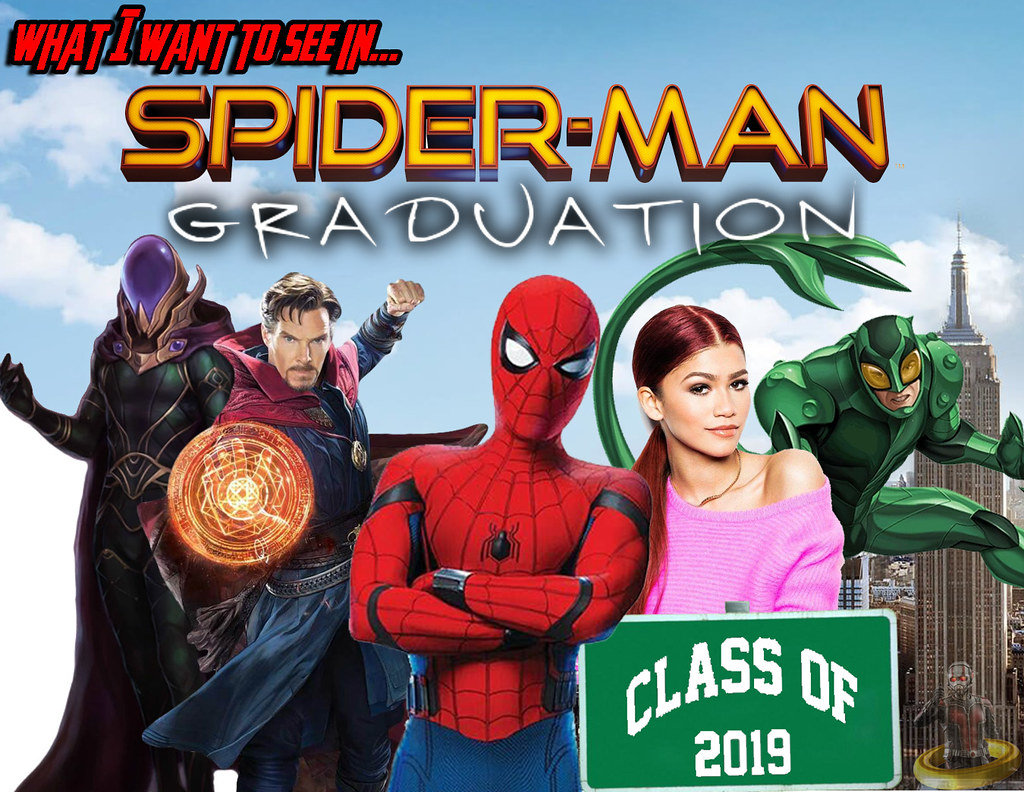
6. **Spider-Man 3 (2007)**If cinematic failures have taught Hollywood anything, it’s the notion that excessive studio interference can be a potent poison to an acclaimed director’s vision. Sam Raimi, the visionary filmmaker behind the first two beloved “Spider-Man” movies, was on an undeniable roll, delivering critical and commercial successes that elevated the superhero genre. “Spider-Man” (2002) and its even better sequel, “Spider-Man 2” (2004), set an incredibly high bar for superhero storytelling, blending action, character development, and heart with masterful precision.
Yet, for reasons that seemingly only made sense to Sony Pictures, the studio couldn’t resist the urge to heavily force their ideas into Raimi’s third Spidey movie. A prime example of this detrimental meddling was the insistence on including Venom as a third villain, a decision that crammed far too much into the film’s already bloated runtime. This led to “Spider-Man 3” becoming the recipient of countless memes and general internet ridicule, largely due to its convoluted plot and character choices.
With so much time having to be committed to setting up and developing three new villains—James Franco’s Green Goblin, Sandman, and Venom—Peter Parker’s progress as a character, which had been carefully nurtured across the first two movies, was regrettably sidelined. Instead, he was subjected to an inexplicable and dramatic personality change, famously donning an ’emo’ disposition that became a focal point of fan disappointment. As is often the trend with movies on this list, Sam Raimi’s “Spider-Man 3” failed to live up to the immense potential and quality that the previous two movies had so confidently promised, a letdown so significant that it was reportedly disowned by Raimi himself.
Read more about: The $10 Million Mistake? Unpacking the Hidden Costs and Unforeseen Opportunities in Superhero Cinema’s Biggest Blockbusters
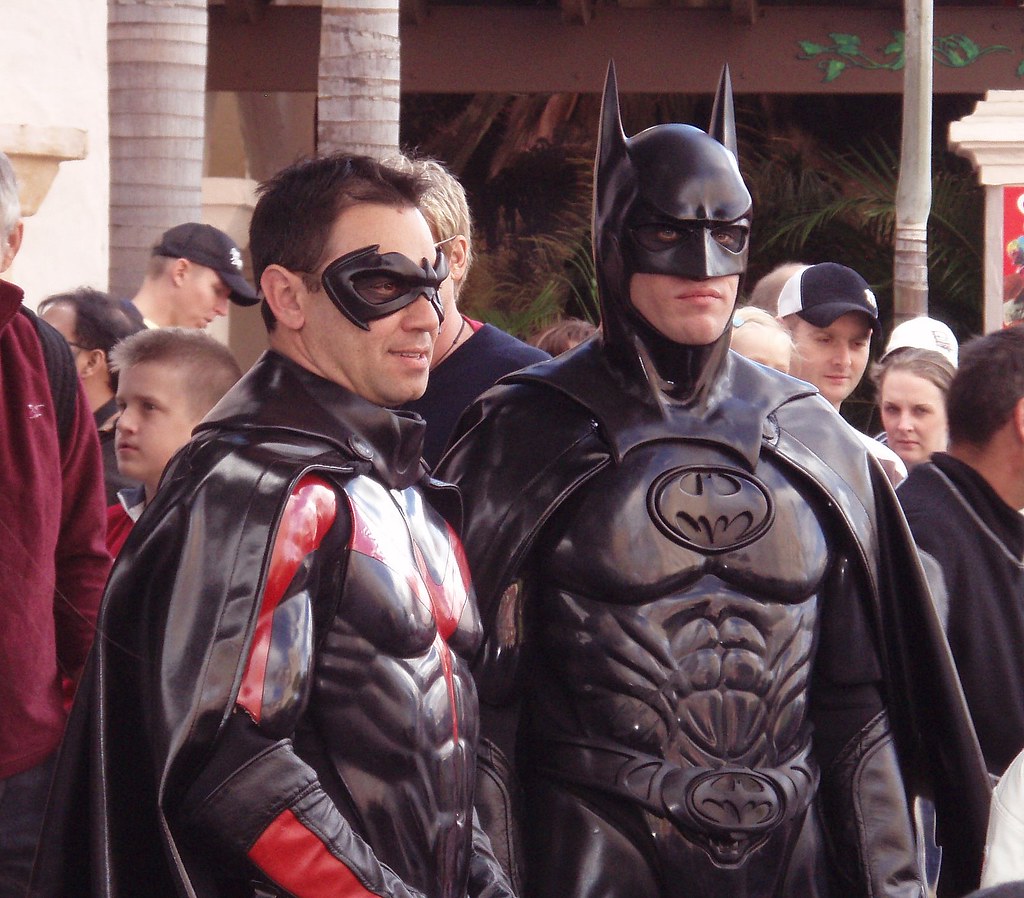
7. **Batman & Robin (1997)**While the Caped Crusader, Batman, has been responsible for several truly outstanding movies over the years, proving his enduring cinematic appeal, the superhero has also endured a fair share of truly awful moments. Fuelled primarily by the desire to earn massive profits at the box office and capitalize on merchandise sales, Warner Bros. made a regrettable decision to heavily milk the Batman brand, which ultimately led to the critically panned “Batman & Robin.” This film followed in the footsteps of “Batman Forever,” which wasn’t all that great in and of itself, but “Batman & Robin” took the franchise to new lows.
Released over a decade prior to “Green Lantern,” Joel Schumacher’s “Batman & Robin” was a total mess of a movie that seemed to come out of nowhere for a franchise that had, until then, maintained a fairly consistent (if sometimes campy) quality. By the 1990s, the Batman franchise had cultivated a large and devoted fanbase, and this film served as a harsh wake-up call, proving that the series was not as indestructible as Warner Bros. might have initially thought. It was, unequivocally, the first truly terrible Batman movie.
Apart from the ridiculous dialogues that quickly became infamous and an awful, convoluted storyline, it’s incredibly shocking to realize that “Batman & Robin” was a major disaster despite boasting an A-list cast. George Clooney stepped into the cowl, supported by Arnold Schwarzenegger as Mr. Freeze and Uma Thurman as Poison Ivy. Yet, even these prominent actors couldn’t elevate the material, resulting in a film that was widely ridiculed, cemented its place as a cinematic low point, and remains a cautionary tale about prioritizing commercialism over creative integrity.
Read more about: Cinema’s Most Memorable Misfires: A Deep Dive into 14 Films That Defined ‘Worst Ever’

8. **Superman Returns (2006)**After the widely panned “Superman IV: The Quest for Peace” in 1987, the cinematic future of the Caped Kryptonian seemed bleak. For nearly two decades, five different attempts at a new Superman movie were conceptualized, discussed, and ultimately shelved, leaving fans in a prolonged state of yearning. The hero, who had once soared so high on screen, was stuck in development limbo, fueling a collective anticipation that only grew with each passing year.
Then, in 2004, a new ray of hope emerged as “Superman Returns” began serious development, helmed by Bryan Singer. Singer, fresh off the success of the first two acclaimed “X-Men” movies, brought with him a reputation for understanding beloved comic book properties. The excitement was palpable, further amplified by the casting of Brandon Routh, whose striking resemblance to the iconic Christopher Reeve offered a nostalgic nod to the golden age of Superman cinema.
However, despite this powerful combination of a respected director and a carefully chosen lead, the 21-year wait for a return to the big screen, coupled with sky-high expectations, ultimately led to a dramatic crash. “Superman Returns” landed as a largely forgettable movie, failing to capture the imagination or critical success that had been so eagerly anticipated. It became another chapter in the superhero’s complicated cinematic history, a stark reminder that even the most cherished heroes can succumb to the weight of their own legacy.
Read more about: From A-List to Adios: 13 Actors Whose Careers Went Up in Flames Overnight
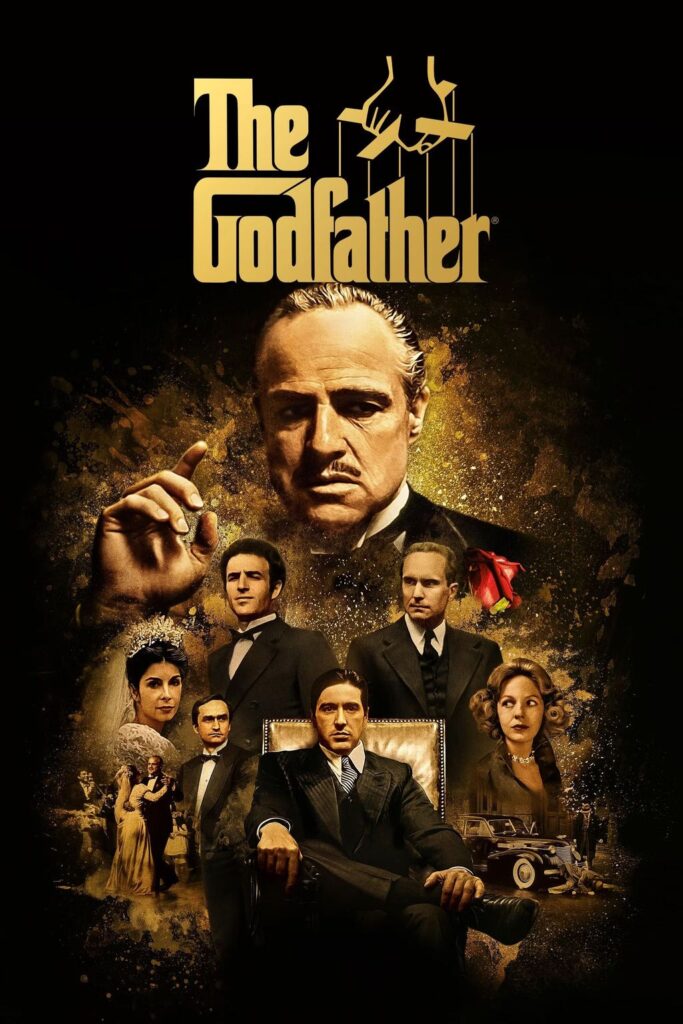
9. **The Godfather: Part III (1990)**Sixteen years after the groundbreaking “The Godfather: Part II” redefined what a sequel could be, the cinematic world was presented with “The Godfather: Part III.” While not universally condemned as a terrible film, it’s an open secret among fans and critics alike that this third installment was an unnecessary addition, primarily driven by director Francis Ford Coppola’s need to alleviate financial woes rather than a burning creative desire. The shadow of its predecessors loomed large, and the movie struggled to find its own identity amidst such towering achievements.
The film, despite its attempts, simply couldn’t reach the stratospheric standards set by the first two “Godfather” movies. It suffered from several notable drawbacks, including the absence of key cast member Robert Duvall, whose presence had added so much gravitas to the earlier films. Furthermore, the plot, which focused on Michael Corleone’s quest for redemption, felt unamusing and failed to resonate with the profound depth and complexity expected from the Corleone saga.
This relative lack of impact was underscored by its failure to secure any Academy Awards, a stark contrast to the historical success of its predecessors. “The Godfather: Part III,” though decent in isolation, remains a poignant example of a film that disappointed many fans by bringing a legendary series to a close with a whimper rather than a bang, proving that even a great director can have an off-day when the motivation isn’t pure.
Read more about: Al Pacino at 83: Beyond the Godfather – Unveiling a Cinematic Titan’s Unfolding Legacy, Personal Truths, and Unyielding Dedication to the Craft
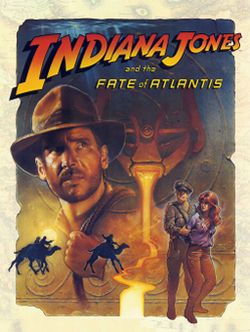
10. **Indiana Jones and the Kingdom of the Crystal Skull (2008)**Even the most celebrated directors are not immune to cinematic missteps, and Steven Spielberg, a titan of Hollywood, proved this with “Indiana Jones and the Kingdom of the Crystal Skull.” The film, released nineteen years after “Indiana Jones and the Last Crusade,” was less about forging a solid new chapter for the iconic archaeologist and more about cashing in on a wave of nostalgia. Fans, eager for another adventure, hoped for a return to form, but what they received was far more convoluted.
The narrative took a dramatic left turn into the realm of the overtly fantastical, explicitly introducing aliens and interdimensional beings. This was a significant departure for a series that, while always adventurous, had previously danced around its more mystical elements with a grounded historical veneer. Critics and audiences largely felt that the film “jumped the shark,” taking the beloved franchise to illogical and silly new heights.
Harrison Ford’s titular character, once a rugged academic-turned-adventurer, was regrettably reduced to a wise-cracking quipper, losing much of the gravitas and heroic charm that defined him. Despite earning more than four times its budget, the film left countless fans unsatisfied, cementing its place as a regrettable entry in the esteemed Indiana Jones canon. It stands as a cautionary tale of how attempting to relive past glories without a compelling story can lead to profound disappointment.
Read more about: Beyond the Blaster and the Whip: Unpacking Harrison Ford’s Legendary Roles and Enduring Stardom at 81
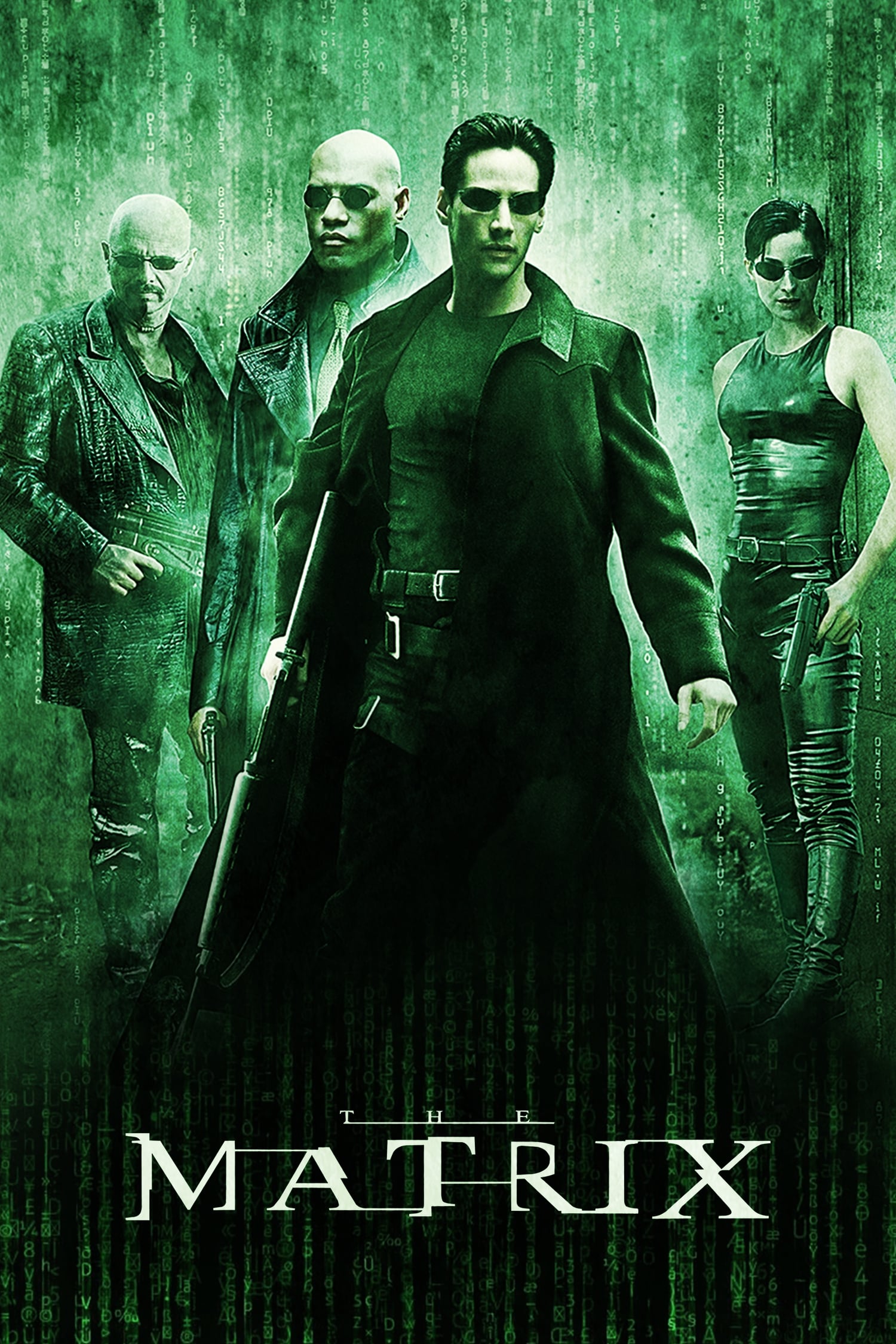
11. **The Matrix Sequels (2003)**The original 1999 film “The Matrix” irrevocably altered the landscape of action cinema, blending outstanding visual effects, groundbreaking fight choreography, and a deeply philosophical approach to its concept of simulated reality. It was a filmmaking masterpiece that resonated globally, leaving audiences eager to explore more of its intricate world. The potential for sequels was immense, with countless narrative avenues open to explore following Neo’s awakening.
However, the simultaneous release of two sequels, “The Matrix Reloaded” and “The Matrix Revolutions,” in 2003, proved to be an exercise in overindulgence. The abundance of the very elements that made the first film a success—complex philosophical concepts, elaborate action sequences, and visual effects—felt forcefully crammed into the follow-up films. This approach, unfortunately, did no favors for the franchise, leading to widespread criticism from both fans and reviewers.
Both “The Matrix Reloaded” and “The Matrix Revolutions” were heavily criticized for their convoluted plots, an over-reliance on exposition, and a general loss of the original’s groundbreaking magic and narrative focus. What was once seen as a brilliant blend of genres, from heist film to dystopian horror, became a confusing and often dull analogy, diluting the impact of the initial masterpiece and leaving many fans wishing the story had concluded with the first film.
Read more about: 14 Essential Arnold Schwarzenegger Films: From Cyborgs to Bodybuilders, Ranked!
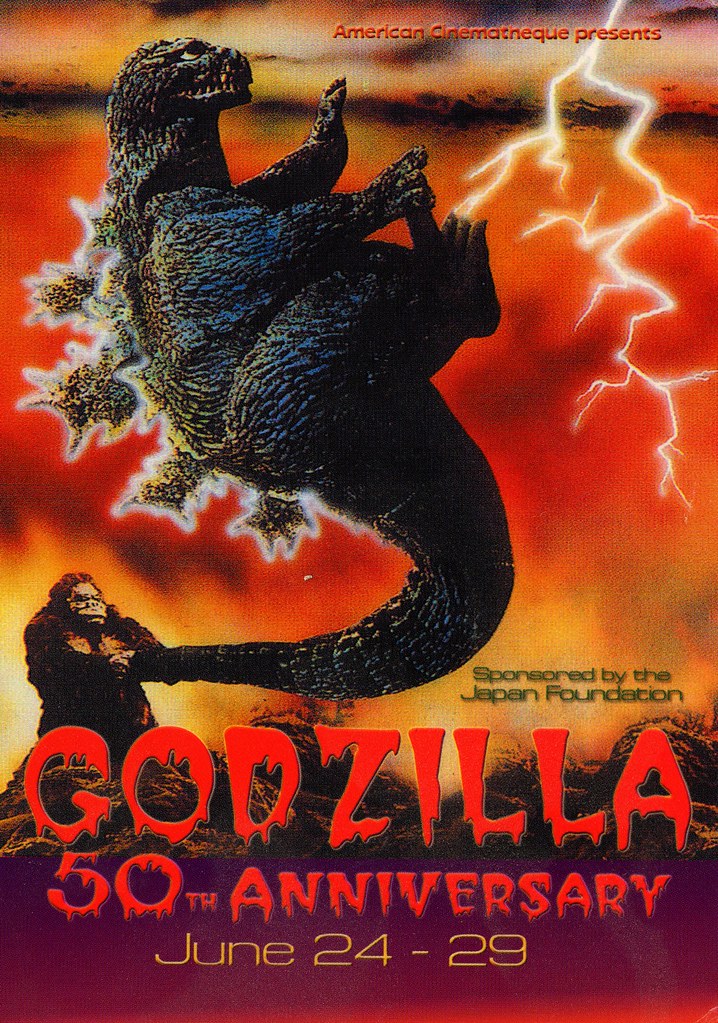
12. **Godzilla (1998)**In the lead-up to its 1998 release, the American adaptation of “Godzilla” was positioned as the next cinematic juggernaut, a monster movie destined to rival the success of “Jurassic Park.” An astounding $80 million was poured into advertising alone, with over 300 companies collaborating to publicize the monster. Credible suspense was meticulously built by deliberately keeping the creature’s full body hidden in promotional materials, fostering immense curiosity and high expectations for its unveiling.
Yet, despite this massive marketing blitz and the towering anticipation, the film proved to be severely underwhelming. It was so devoid of the essential qualities that made the original Japanese Kaijū flicks extraordinary that fans quickly coined the derogatory acronyms GINO (Godzilla In Name Only) and Zilla to describe the creature and the film itself. The iconic monster, known for its destructive power and symbolic presence, felt reduced and almost unrecognizable.
“Godzilla” (1998) was such a critical and fan disaster that plans for a sequel were immediately scrapped, a rare and telling move for such a high-profile blockbuster. Perhaps the most damning critique came from Kenpachiro Satsuma, one of the actors who famously portrayed Godzilla in many Japanese adaptations, who reportedly walked out of a screening in disgust. His reaction perfectly encapsulated the profound disappointment felt by a global fanbase.
Read more about: 18 Popular ’90s Movies That Are Secretly Awful
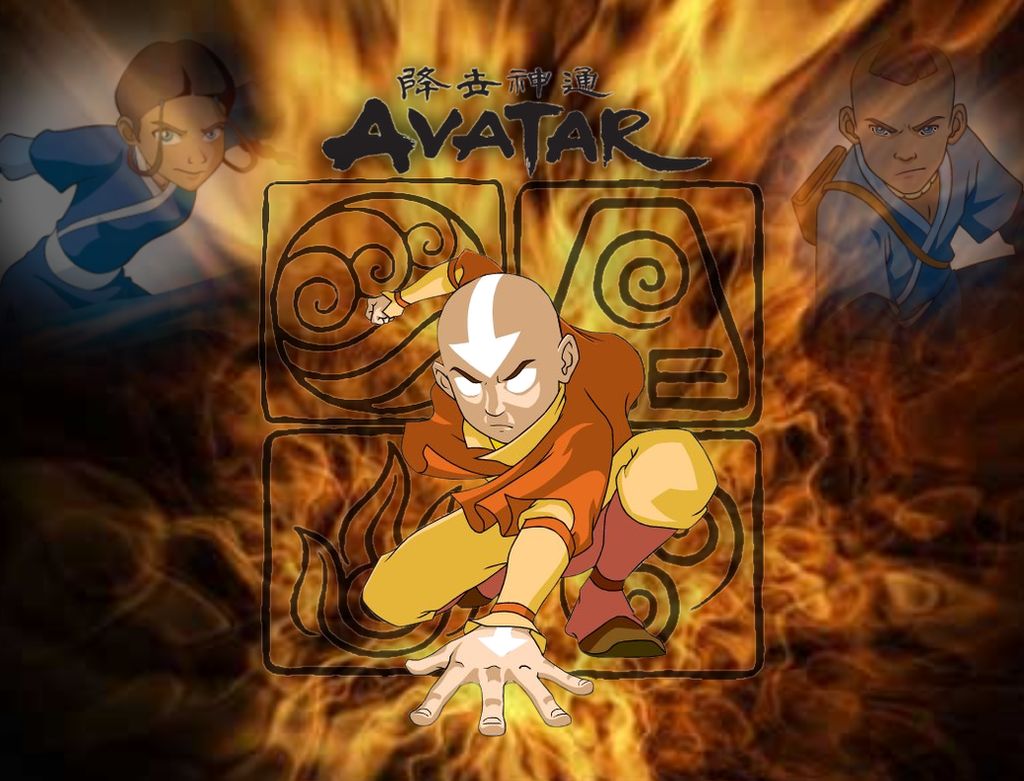
13. **The Last Airbender (2010)**Based on Nickelodeon’s critically acclaimed and immensely popular animated series “Avatar: The Last Airbender,” the live-action film adaptation was undoubtedly one of the most anticipated action-fantasy releases of 2010. The original series boasted a loyal global following, celebrated for its rich imagination, complex world-building, and stunning action set pieces. Fans eagerly awaited to see their beloved characters and bending arts brought to life on the big screen.
However, what audiences received was a cinematic misfire of epic proportions. Director M. Night Shyamalan’s “The Last Airbender” was widely panned for its crude acting, awful directing, and a storyline that felt rushed and poorly constructed, as if made from a superficial glance at a Wikipedia page rather than a deep understanding of the source material. This resulted in a film that was not only a sour pill for devoted followers of Avatar but also a confusing mess for general moviegoers.
The film’s reception was so overwhelmingly negative that ambitious plans for two sequels instantly evaporated. Adding insult to injury, the original animated show’s creators, Michael Dante DiMartino and Bryan Konietzko, candidly revealed that they prefer to pretend the film adaptation simply does not exist. This powerful dismissal from the creators themselves underscores the profound disappointment and artistic failure that “The Last Airbender” represents in cinematic history, marred by poor characterization, a complete mismatch of tone, and even mispronounced names of core elements from the series.
Read more about: Still Can’t Believe You Watch Them? Dive into 12 Cult Classics Where Bad Acting Equals Legendary Fun.
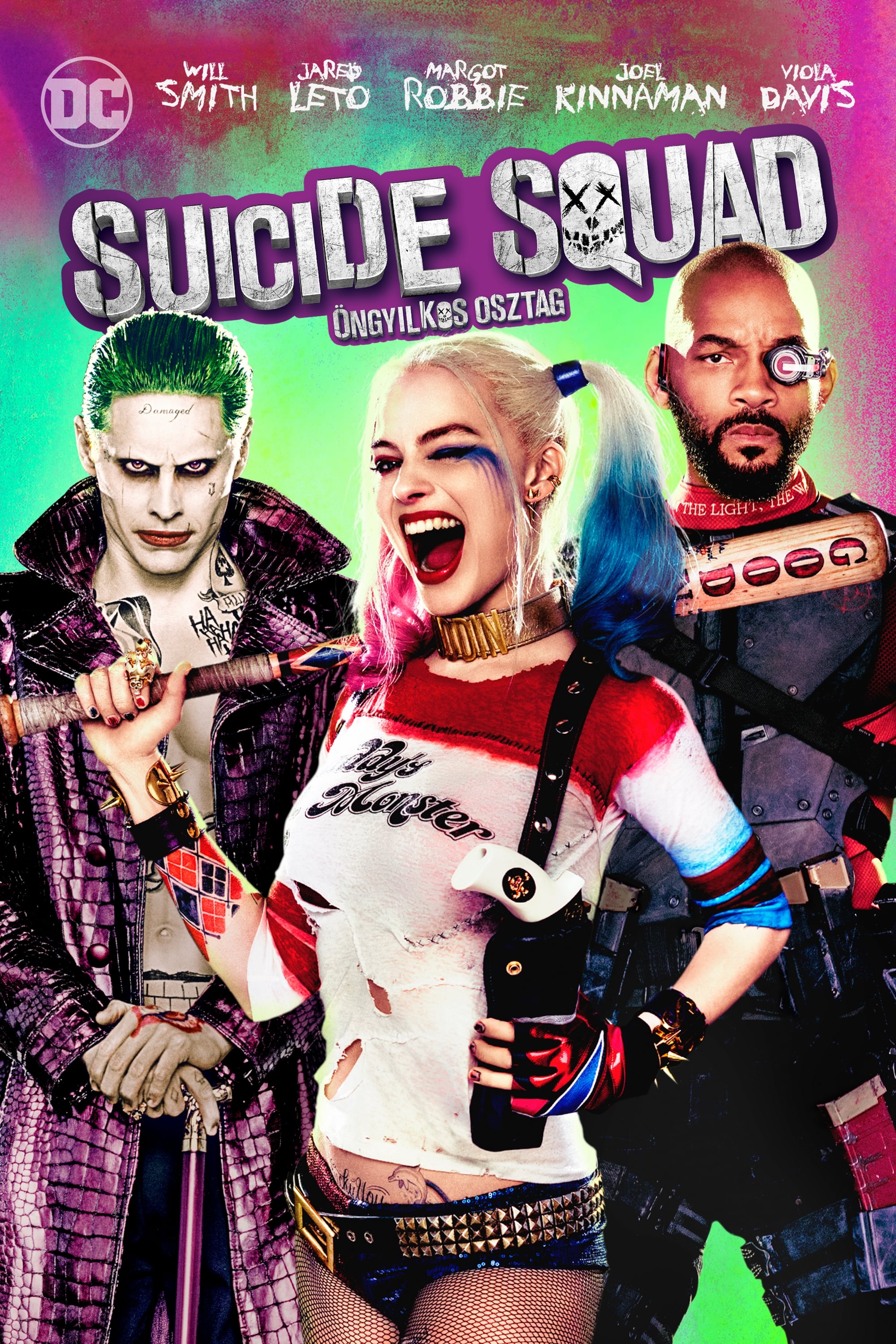
14. **Suicide Squad (2016)**The DC Extended Universe (DCEU) had a bumpy start, and by 2016, it was desperately in need of a critical win. “Suicide Squad” seemed poised to deliver just that. Its promising trailers, showcasing a vibrant, anti-hero ensemble cast, coupled with seemingly perfect casting choices, generated immense excitement. It appeared to be the game-changer the superhero genre, and the DCEU specifically, needed to escape the shadow of mixed to negative critical feedback from its predecessors.
Led by a compelling cast including Margot Robbie as Harley Quinn and Will Smith as Deadshot, the film promised a fresh, edgy take on villains forced into heroism. Fans were ready for a subversive, fun ride. However, the omnipresent specter of studio interference once again struck, profoundly altering the film’s creative vision and coherence. Reports of extensive reshoots and conflicting editorial directions became public, foreshadowing trouble.
Ultimately, “Suicide Squad” fell victim to merciless critics who tore the movie to shreds, citing its convoluted plot, uneven tone, and wasted potential. What was anticipated as a breakthrough became another significant letdown for the DCEU, proving that even great casting and compelling trailers cannot overcome a compromised creative process. It stands as a stark reminder of how high hopes can be dashed when commercial mandates overshadow artistic integrity.
Read more about: In Front of the Lens: 12 Actors Whose Profound On-Screen Devotion Led to Unforeseen Personal Turmoil
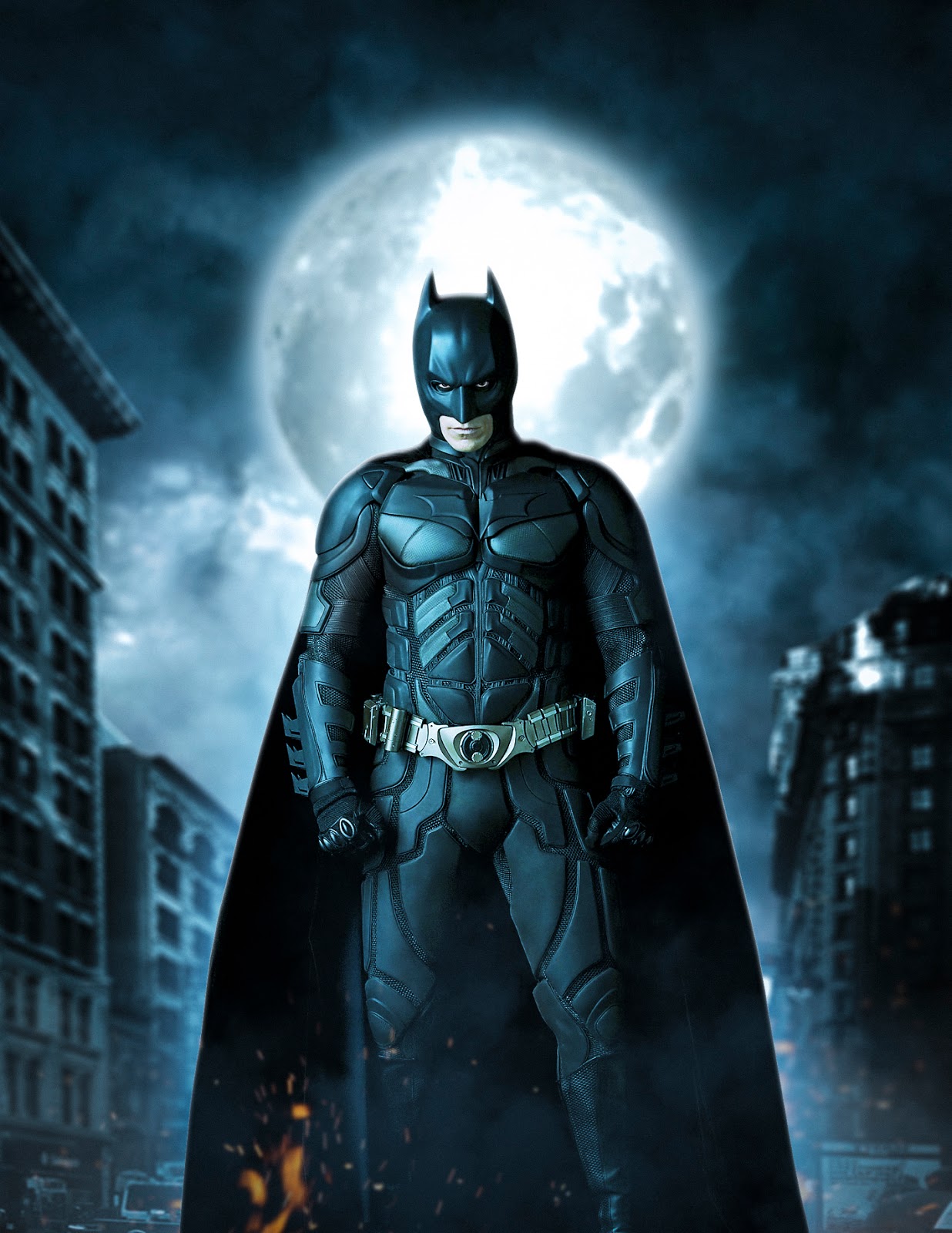
15. **Batman v. Superman (2016)**For decades, the thrilling, hypothetical clash between two of comic book history’s most iconic superheroes, Batman and Superman, fueled countless debates among fans. The idea of witnessing the unstoppable force meet the ingenious mind on the silver screen was a dream come true, and “Batman v. Superman: Dawn of Justice” promised to finally deliver this epic showdown. The eager audience was guaranteed a dark, edgy confrontation, a cinematic event of unparalleled magnitude for DC enthusiasts.
However, what materialized on screen was far from the grand spectacle fans had envisioned. Instead of a compelling, hard-fought battle of ideals and strength, audiences were forced to desolately witness a bizarre resolution where the two titans instantly became ‘besties’ after discovering their mothers shared the same name. This infamous “Martha” moment became the butt of jokes for years to come, epitomizing the film’s narrative shortcomings and derailing its core premise.
“Batman v. Superman” was critically panned for its convoluted plot, muddled pacing, and an overwhelming sense of narrative clutter. It struggled under the weight of setting up the broader DC Extended Universe, sacrificing character development and logical storytelling for future world-building. Without a shadow of a doubt, this cinematic endeavor is widely considered the most disappointing movie of all time, turning an eagerly awaited clash of legends into a lasting regret.
Read more about: From Web-Slingers to Jedi: 12 Iconic Franchises That Stumbled with a Single Failed Sequel
So there you have it, a definitive, if disheartening, journey through 15 films that promised us the moon and delivered, well, something far less stellar. From directorial visions clashing with studio demands to narratives buckling under the weight of insurmountable hype, each entry serves as a painful reminder that even in Hollywood, potential doesn’t always translate to perfection. These aren’t just bad movies; they are milestones of shattered expectations, cinematic blunders that continue to echo in the halls of disappointment, teaching us that sometimes, the biggest disappointments come from the grandest of dreams. Here’s hoping future blockbusters learn from these epic misfires and remember that genuine storytelling always trumps mere spectacle. Until then, we’ll keep our expectations grounded, just in case.

